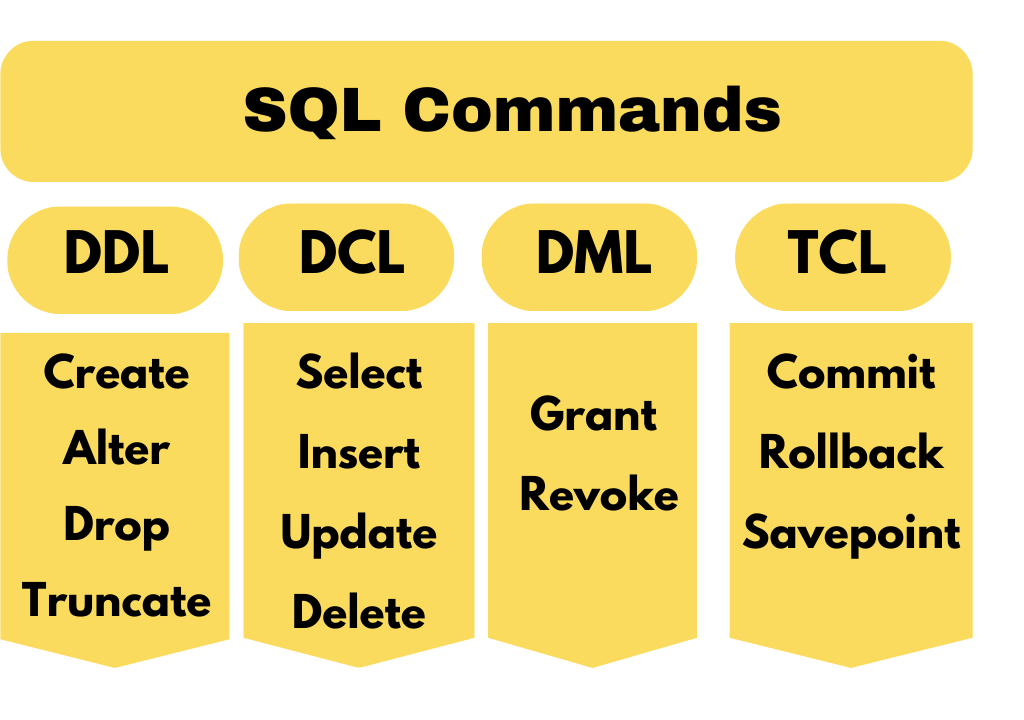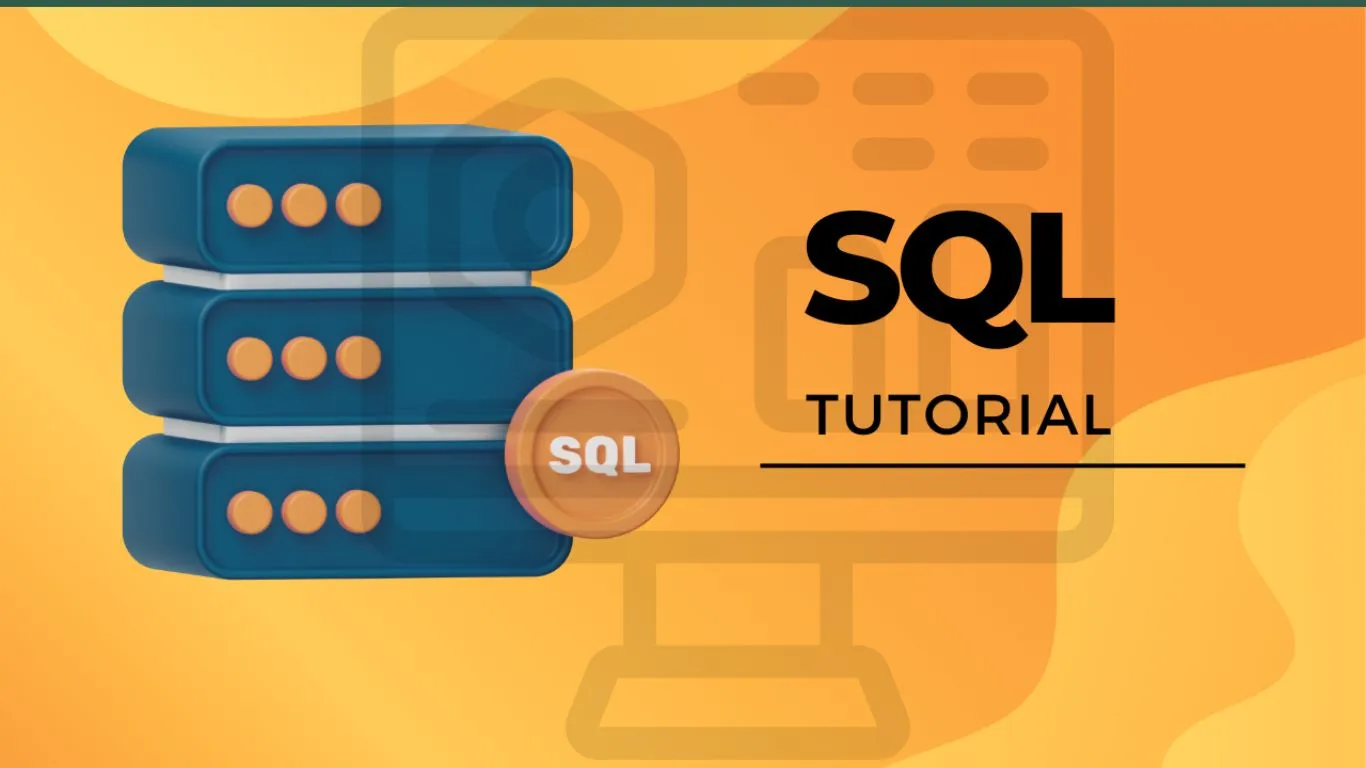Explore the essentials of SQL, (Standard Query Language) with our tutorial. Unlock data insights as a developer, administrator, or analyst.
Introduction
SQL is an ANSI (American National Standards Institute) standard; however, there are various versions of the SQL language.
Furthermore, with the power of SQL, you can unlock hidden insights within your data. This is especially beneficial whether you are a software developer, a database administrator, a data analyst, or a data scientist.
Additionally, there are different dialects such as:
- MS SQL Server using T-SQL,
- Oracle using PL/SQL,
- JET SQL (native format) is an MS Access Version of SQL.
Read More – SQL Commands & Operators
Why go for SQL?
- Executing Queries: Perform searches against a database efficiently with SQL’s query capabilities.
- Data Management: It helps to create, retrieve, and manipulate data through intuitive querying.
- Versatile Functions: Benefit from the versatility of SQL with functions for dropping and deleting database elements.
- Structuring Data: Easily define your data’s structure by creating views and stored procedures.
- Language Integration: SQL works well with many programming languages, using tools like modules, and libraries.
Let’s understand the mechanism![]()
When executing SQL commands for any RDBMS, firstly It determines the most efficient way to fulfil the request. Consequently, the SQL engine then decides how to interpret and execute the task.

Core SQL Commands
The standard SQL commands for interacting with relational databases include CREATE, SELECT, INSERT, UPDATE, DELETE, DROP, and TRUNCATE. These commands can be categorized into different groups based on their functionality.
There are four types of commands in SQL:
- Data Definition Language (DDL) encompasses a suite of commands crucial for establishing and revising the framework of database entities. Specifically, it allows for the creation and modification of structures like tables, views, schemas, and indexes.
| Command | Description |
|---|---|
| Create | To create a new table, a View of a new table. |
| Alter | Deletes an entire table, a view of a table, or other objects in the database. |
| Drop | Deletes an entire table, a view of a table or other objects in the database. |
| Truncate | Delete the elements of a table instead of the entire table. |
- Data Manipulation Language (DML) is a computer programming language that adds, deletes, and modifies data in a database.
| Command | Description |
|---|---|
| Select | Retrieves certain records from one or more tables. |
| Insert | With this command, we create a record. |
| Update | To update any existing records. |
| Delete | Deletes records |
- DCL (Data Control Language) is a computer programming language, That controls access to data stored in a Data Base.
| Command | Description |
|---|---|
| Grant | Grants a user access privileges. |
| Revoke | Revokes previously granted access privileges from a user. |
- TCL (Transactional Control Language) controls access to data stored in a database.
| Command | Description |
|---|---|
| Commit | Used to permanently save all changes made in the current transaction. |
| Rollback | To undo changes that have been made in the current transaction. |
| Savepoint | This command creates points within a transaction to which you can later roll back. It allows for partial rollbacks and more complex transaction control. |
In conclusion, SQL’s versatility across different systems makes it an indispensable tool for data management and analysis. Embracing its potential can significantly enhance data-driven decision-making across numerous tech domains.
